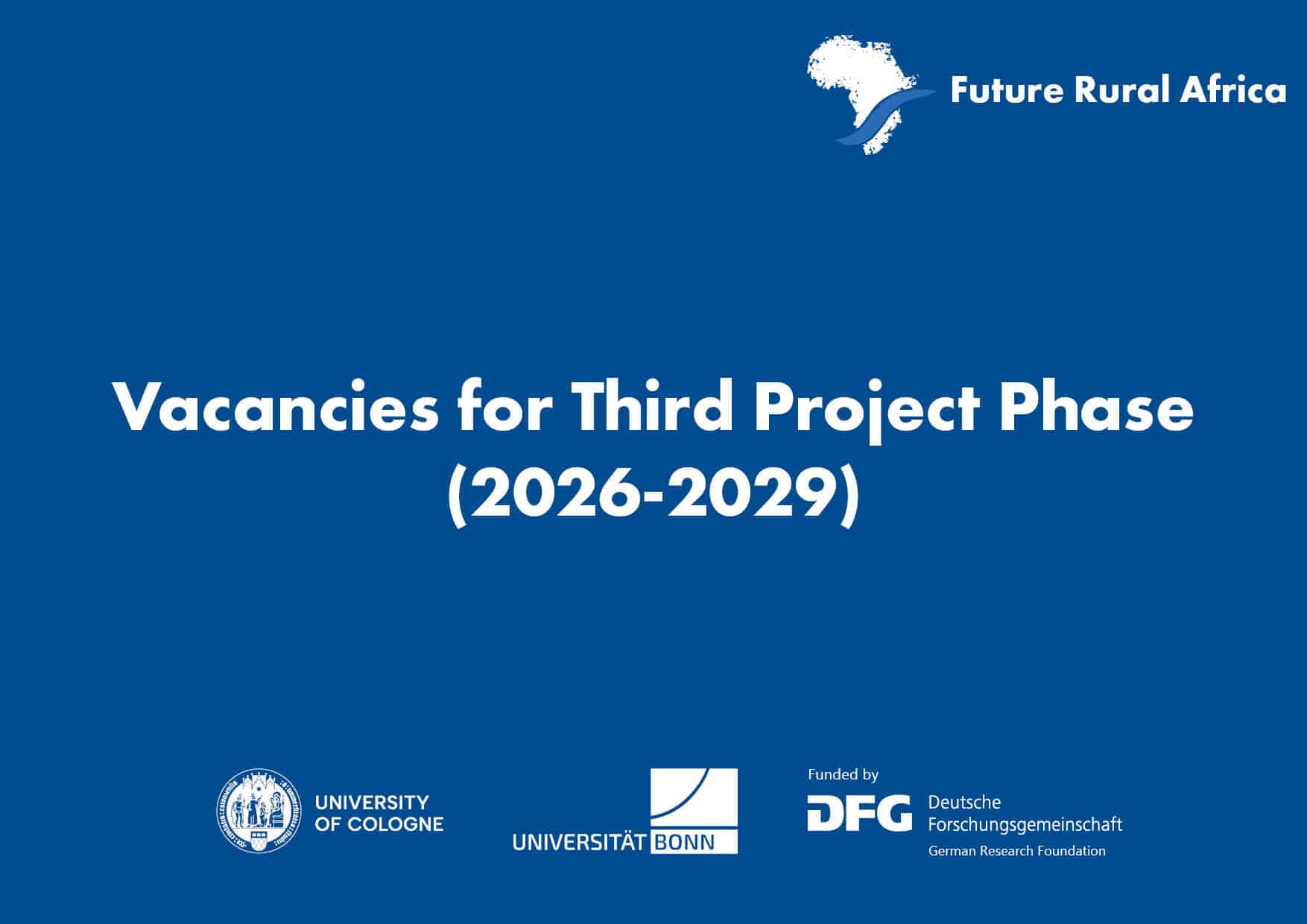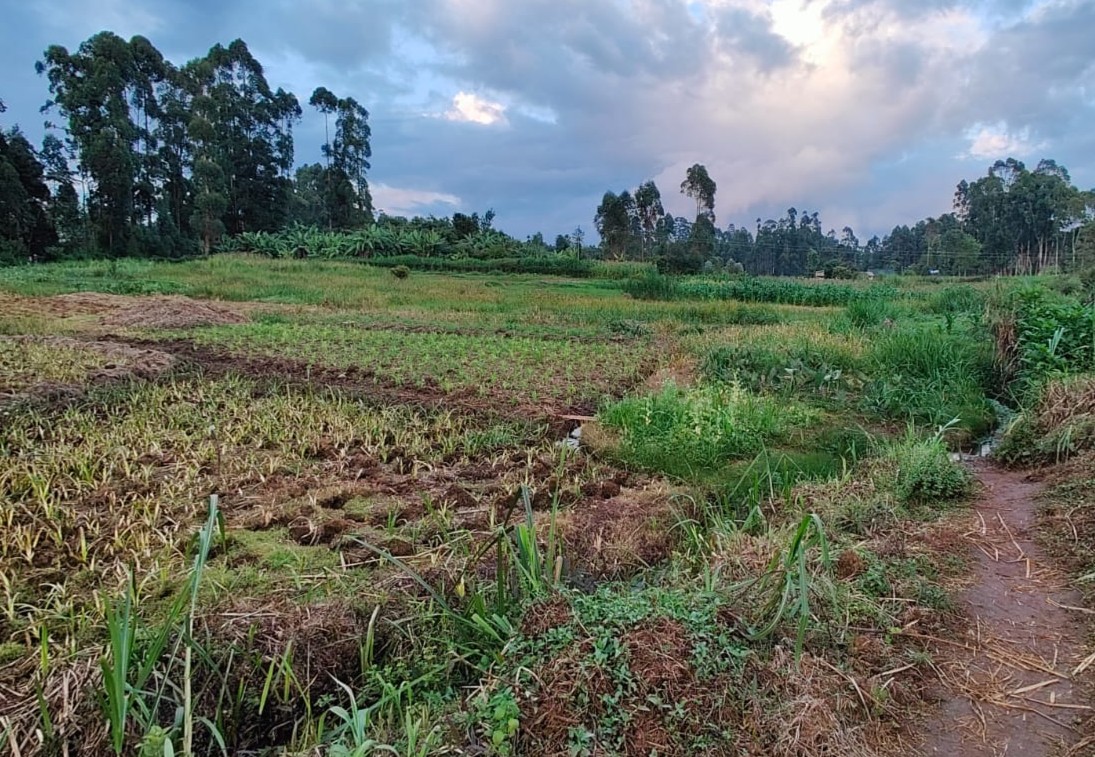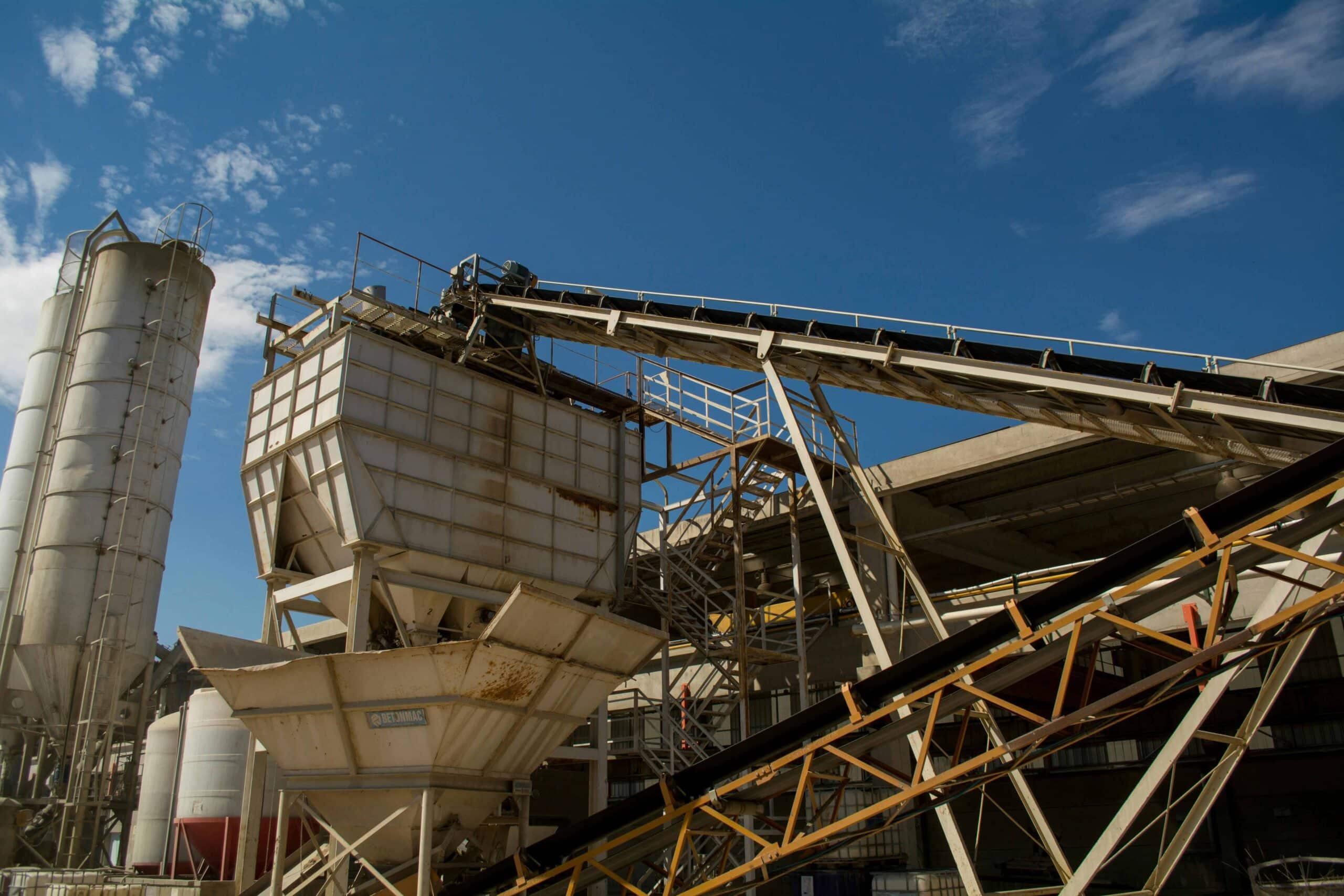By Evelyne Owino (Project B03 Violent Futures), Kennedy Mkutu (Project B03 Violent Futures) and Charis Enns.
Abstract
From around the beginning of the current millennium, East Africa has been experiencing a wave of large-scale infrastructure expansion. Moreover, in anticipation of the new and improved market linkages that major infrastructure projects promise to bring, a rush to grab land alongside new and recently upgraded transport infrastructure routes is taking place. There is a growing body of research that documents the increasing prevalence of land grabs for infrastructure development. However, so far, less attention has been paid to other forms of land grab that inevitably follow in the wake of new infrastructure development as land alongside new and upgraded infrastructure routes becomes more valuable and desirable. In this chapter, we show how an ongoing transport infrastructure boom in northern Kenya is resulting in a wider cascade of land grabs. Various actors – including government agencies, foreign and domestic investors, and national and local elites – are acquiring land alongside upgraded infrastructure routes while existing rural land users are attempting to secure their access to land and ward off potential land grabbers. Ultimately, we argue that the frenzy of interest in land alongside newly upgraded transport routes drives a cascade of land tenure and use change, multiplying the effects that new infrastructure projects have on land.
Reference
Owino, E., Mkutu, K., Enns, C. 2023. Large Infrastructure Projects and Cascading Land Grabs: The Case of Northern Kenya, in Neef, A., Ngin, C., Moreda, T., Mollett, S. (eds) 2023. Routledge Handbook of Global Land and Resource Grabbing, Routledge, New York. Full Text






